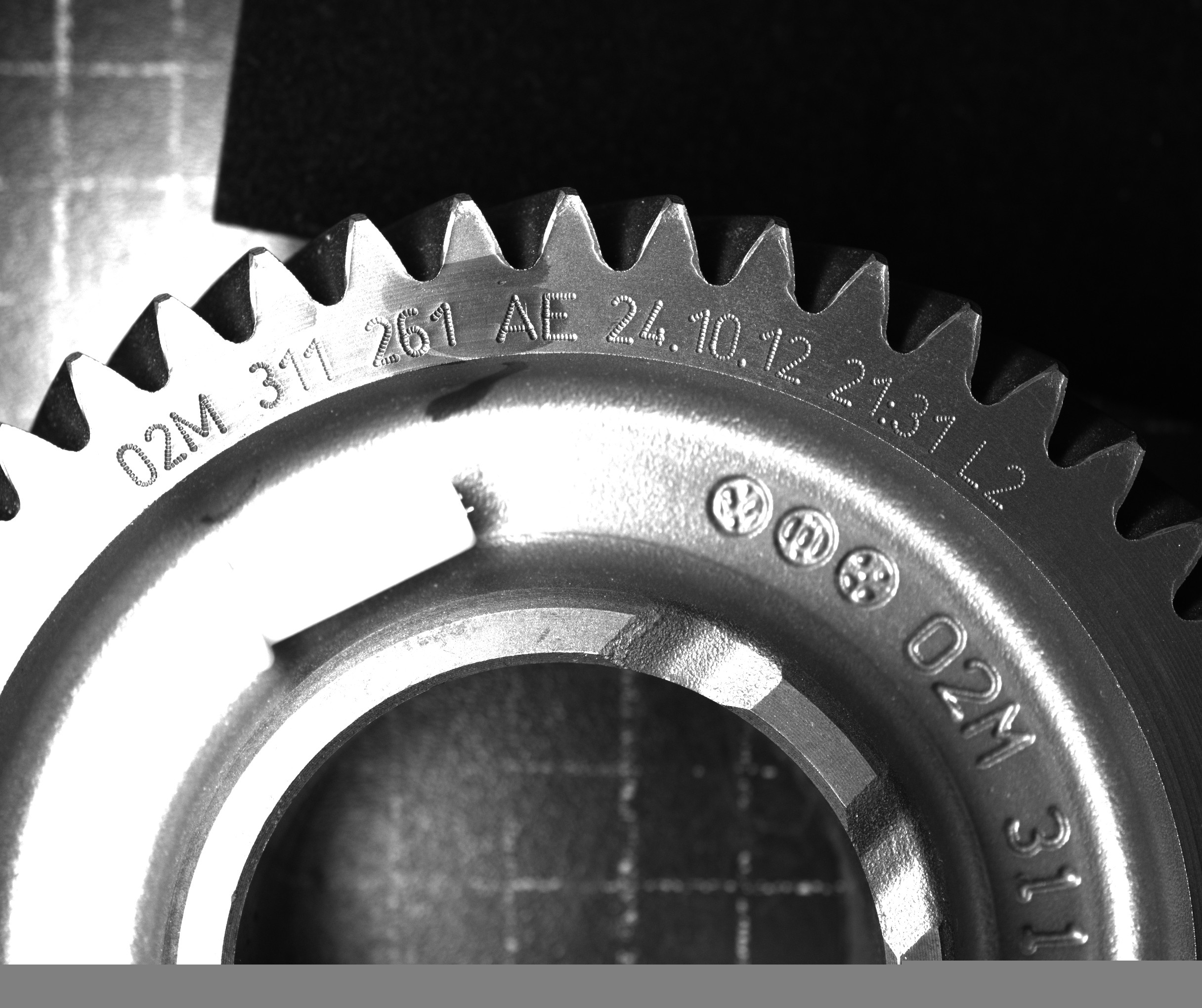The open device interface of the vision platform NeuroCheck offers the ideal interface for manufacturers of hardware. KEYENCE has used this interface to allow the use of their new high-end image processing units of the VJ-3000 series in NeuroCheck.
The driver, purpose-built by KEYENCE, allows controlling parts of the parameter setting and image capturing from the NeuroCheck software. One unit can handle up to 4 cameras. A 3D sensor is soon to be added.
Processing and evaluating the image data takes place in the accustomed NeuroCheck environment allowing the user to take advantage of all possibilities offered by process interfaces and data exports via NeuroCheck.
High-quality sensors, illumination and pre-processing by KEYENCE combined with NeuroCheck as the platform for further processing, evaluation and process integration result in extremely innovative quality assurance solutions that are guaranteed to yield returns.
Application examples
Shape-from-Shading using LumiTraxTM
The object to be inspected is, for example, illuminated from four different directions, one after the other, and each time a gray-value image is captured. The brightness of the convex spots changes depending on the direction of the illumination. The changes in brightness of each pixel of the various images are analyzed to show the shapes (irregularities) and textures (patterns) in separate images. Because of the resulting shadings on the surface, gradient and curvature information can be determined during image evaluation and give information about the object’s surface characteristics. Even on reflective or glossy surfaces, the tiniest geometrical deviations in structure can be reliably recognized.
Our Examples
- Verify the needled part number on a gear
- Individual characters can be covered with an oil film or paint pen.

Image capturing with lighting from the left

Image capturing with lighting from below

Image capturing with lighting from the right

Image capturing with lighting from above

Normal image capturing

Texture image

Topography image
Further examples:
- Checking engravings on cast metal surfaces
- Checking for defects on a printed surface
- Detecting damages on metal surface
- Checking printed characters on foil
Multispectral analysis
Multispectral imaging can make the invisible visible. This process captures eight gray-level images at different wavelengths and analyzes each pixel’s color. Thus, different shades of color beyond perceptibility can be easily differentiated. By pressing a button, you obtain a high-resolution color image.
Examples:
- Detection of foreign particles in convenience products of the food industry
- Inspection of text on foil
- Inspection of perforation for opening packaging
Surface inspection using LumiTraxTM mirror reflection mode
Mirror reflection can be used for contactless inspection and gauging of reflecting surfaces. In this process, eight result images are made for each fault category from one image captured of the inspection part. Surface defects that used to be detected by the human eye alone, can be found with this system during an in-line inspection.
Examples:
- Surface inspection of shell surfaces made from metal:
- Pores and roughness of surfaces (topography)
- Corrugation (diffuse part)
- Abrasion (mirroring part)
KEYENCE Driver for use in NeuroCheck
Date: 04-05-2020
Copyright notice for the photos used on this page:
Images © NeuroCheck